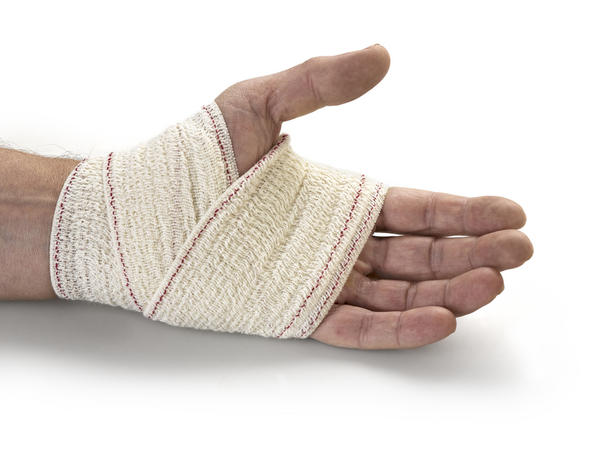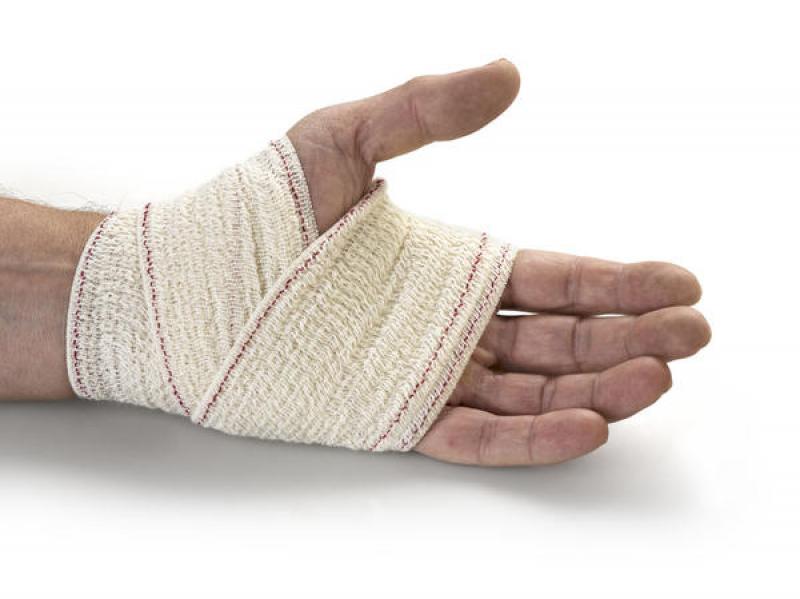Wrist Injuries
- font size decrease font size increase font size
 Wrist injuries are very common and depending on the severity of the ailment a variety of treatment plans may be suggested. Sprains, ligament tears, carpal tunnel syndrome, repetitive strain injuries and tendonitis are all relatively easy to treat and should not require surgery, however the wearing of a brace or similar supportive structure may be required.
Wrist injuries are very common and depending on the severity of the ailment a variety of treatment plans may be suggested. Sprains, ligament tears, carpal tunnel syndrome, repetitive strain injuries and tendonitis are all relatively easy to treat and should not require surgery, however the wearing of a brace or similar supportive structure may be required.
Wrist pain that is caused by many of these above-mentioned factors can be alleviated by the sufferer wearing a wrist support that stops the wrist, arm or hand from moving and offers protection to the affected area.
A wrist support is often prescribed as a temporary solution to wrist pain and assists the patient in resting the affected area while keeping it protected. For those who regularly enjoy sporting activities a wrist support is often used to protect a previously injured area and can prevent re-straining the affected tendon or ligament.
The three main types of wrist pain that require a support or brace are as follows:
Tendon injuries
A wrist is made up of eight small carpal bones that support the carpal tunnel. Inside the carpal tunnels are tendons that are susceptible to breaks, tears or strains and these injuries can cause immense pain.
Often not only the wrist tendons are affected by a fall or other injury, and a brace can assist in protecting and supporting the forearm and other affected areas. The wrist is essentially the hardest working part of an arm and tendon sprains and injuries are common in those who are active and sporty and regularly found in those who have taken a tumble and tried to break their fall with a flat hand.
Repetitive strain injuries
Repetitive strain injuries or RSI are caused by repetitive motion that damages the wrist. Even everyday activities that are conducted on a regular basis can cause RSI, and typing, sewing and sporting activities can all be contributing factors. RSI can lead to carpal tunnel syndrome and bruising or swelling commonly occurs in sufferers.
Often the easiest way to alleviate this type of pain is by ceasing the action that caused the strain in the first place and offering the wrist added support.
Ligament injuries
Ligament injuries in the wrist are very similar to tendon injuries but there is usually more bruising and swelling around the region of the strain or tear. When the wrist is bent unnaturally a sprained or strained tendon can occur, and when talking about a sprained wrist this usually refers to the damage a ligament has suffered.
The cause of wrist pain may not always be easy to pinpoint, and tendonitis, arthritis, gout or even a fracture could be the cause. If the pain is severe a doctor may recommend X-rays, otherwise a wrist support will be suggested and the patient must try and minimise the pressure they put on the limb in an effort to offer it time to recuperate.
Wrist injuries can take time to heal and by protecting the vulnerable area and offering it support the healing process can be accelerated.
---------------------------------------------------- Michael Davis writes articles and blogs for the Össur Webshop, discussing the use of a wrist support http://www.ossurwebshop.co.uk/categories/braces-%26-supports/hand%2C-thumb-%26-wrist-support/ in arm and elbow injuries along with physio and strength building exercises. Original Article: What injuries are associated with wrist supports?http://www.ossurwebshop.co.uk/pages/what-injuries-are-associated-with-wrist-supports%3F.html

